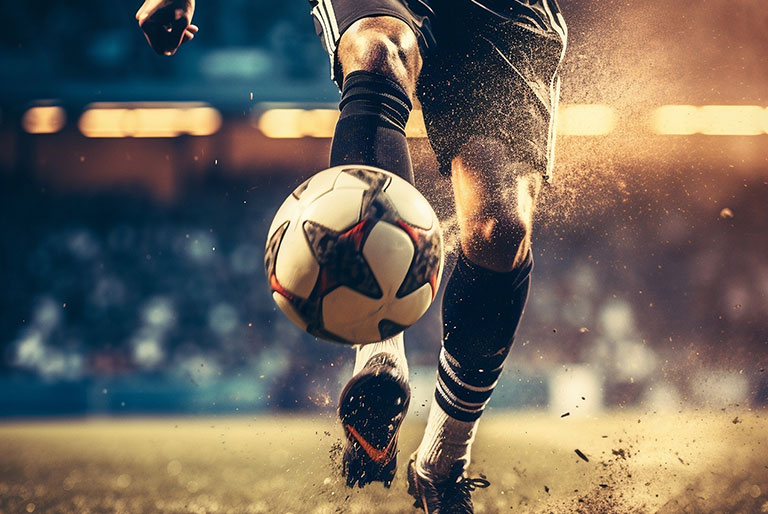Football is not just a game; it’s a global passion. But behind every thrilling match and every breathtaking goal lies a finely crafted football that meets precise standards. The process of making a football is both an art and a science, blending innovation with tradition. Let’s dive into the journey of how a football comes to life, from raw materials to the field.
1. Sourcing the Right Materials
The foundation of a high-quality football begins with the materials. Typically, modern footballs are made using synthetic leather, usually polyurethane (PU) or polyvinyl chloride (PVC). While PU provides a softer feel and better control, PVC is more durable and cost-effective. Additionally, natural latex or rubber is used for the bladder, the component that gives the ball its shape and bounciness.
Leather or synthetic materials are chosen to mimic traditional craftsmanship, but with enhanced performance and durability for modern play.
2. The Panel Cutting Process
Once the materials are sourced, they are cut into panels. Footballs are traditionally made from 32 panels, but modern designs often use fewer panels to improve aerodynamics and control. These panels can be stitched by hand or machine, with hand-stitched balls being favored for their precision and quality. The number of panels affects the ball’s flight, control, and durability.
The artistry in this stage is ensuring the perfect cut and balance in each panel for optimum performance.
3. The Bladder and Lining
The bladder is the core of the football, and it must maintain its shape and air retention for the ball to perform well on the field. Latex bladders offer superior responsiveness, but they require more frequent inflation, while butyl bladders hold air longer. Multiple layers of lining, often made from polyester or cotton, are added around the bladder to reinforce the ball’s structure and help it retain its shape even after intense play.
The bladder is the heart of the football, and the lining acts as its armor, ensuring longevity and consistency.
4. Stitching and Bonding
The stitching process is a critical stage. High-end footballs are hand-stitched, with up to 1,000 stitches per ball, providing tight seams that resist wear and tear. Some modern footballs, especially those used in major tournaments, are thermally bonded. This technique removes the need for stitches altogether, creating a smoother surface that improves accuracy and control during high-speed play.
The choice between stitching and bonding depends on the desired performance attributes of the football.
5. Quality Control and Testing
Before a football makes it to the field, it undergoes rigorous testing. Factors such as weight, circumference, rebound, and water absorption are carefully measured to ensure the ball meets international standards like those set by FIFA. Each ball is subjected to high-pressure tests, simulated weather conditions, and repeated stress tests to ensure it can withstand the demands of a competitive match.
Precision is paramount at this stage, as the ball’s performance in all weather conditions and environments must be consistent.
6. The Final Touch: Design and Branding
After the football has passed all tests, it’s time to add the final layer: the design. Modern footballs often carry striking graphics, representing teams, sponsors, or tournaments. These designs are not just for aesthetic appeal but also play a functional role in helping players track the ball during fast-paced action.
The perfect football is a blend of artistry and function, with each design tailored to enhance visibility and style.
From the selection of the finest materials to the precise craftsmanship in every stitch, each football embodies the dedication to performance and durability. The next time you watch a match or kick around a ball, remember the artistry and innovation that goes into crafting the perfect football.


